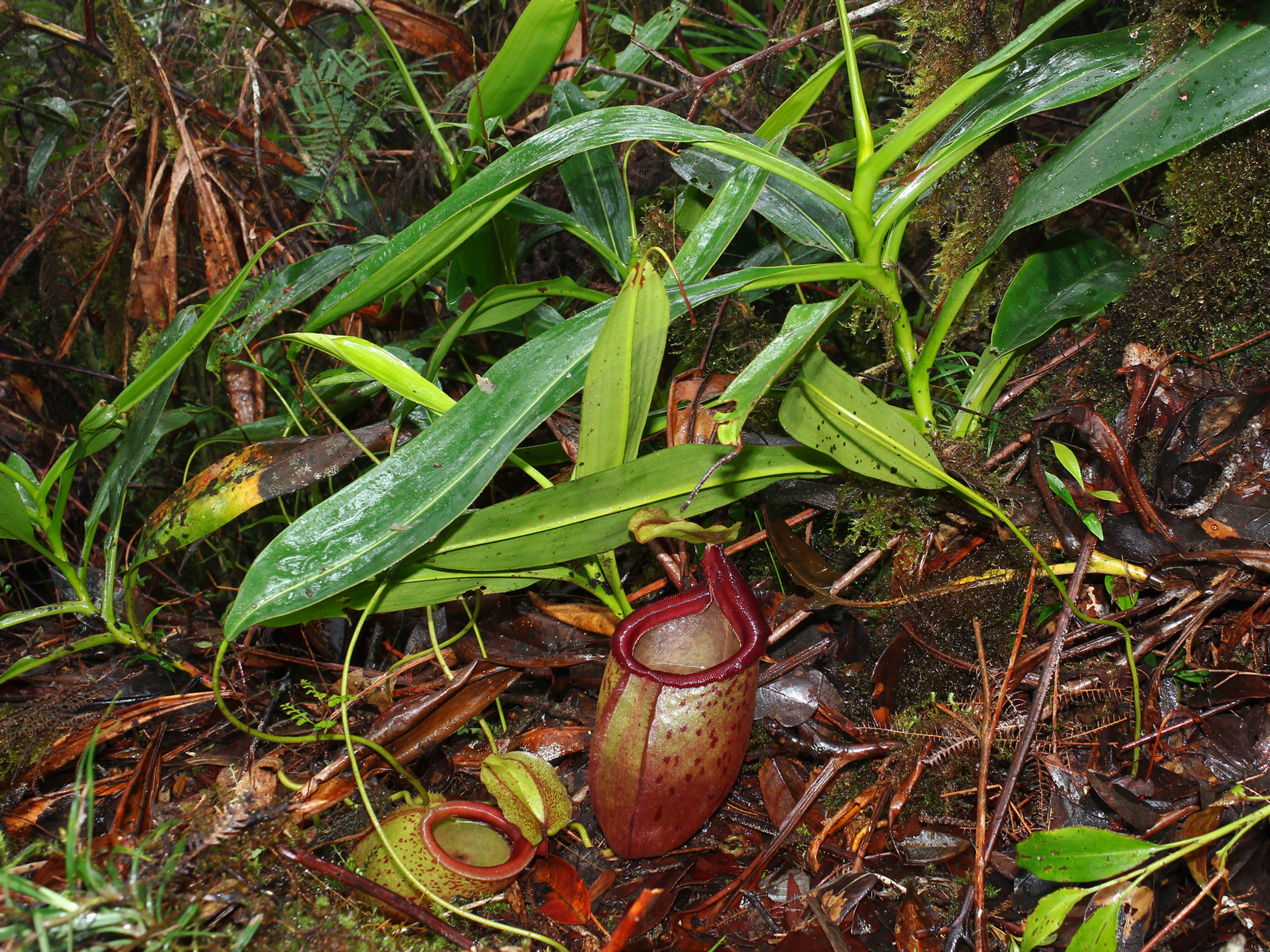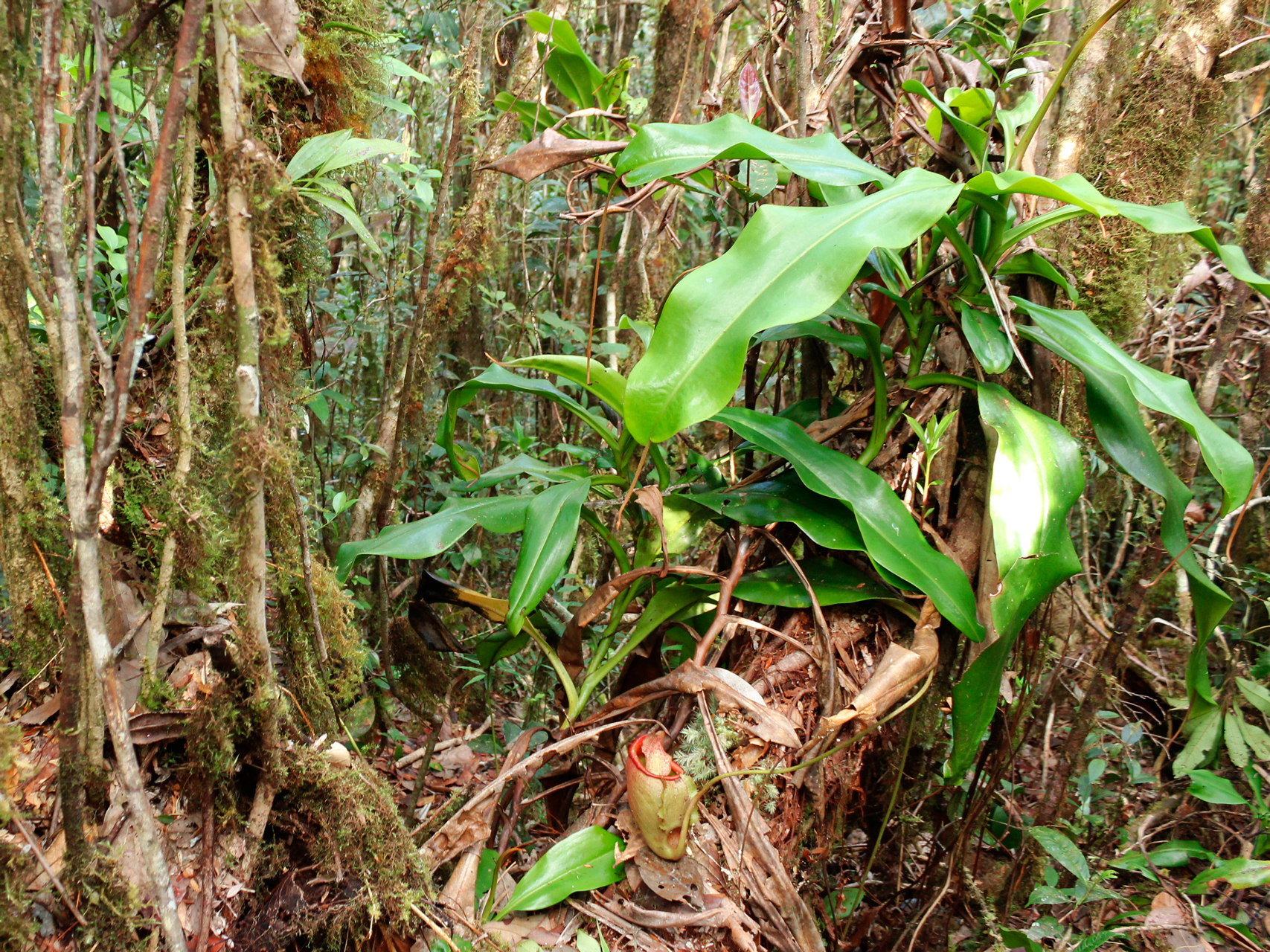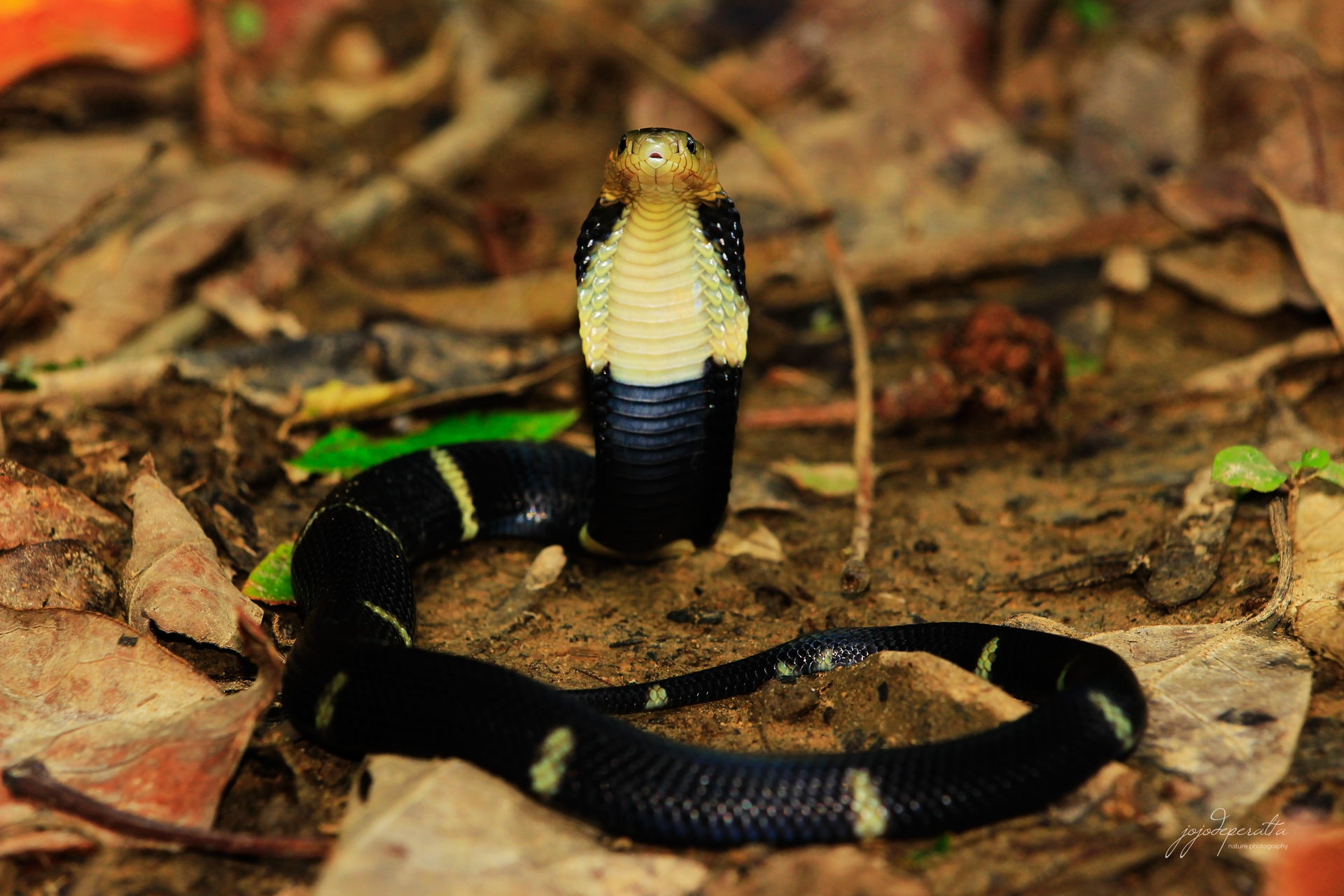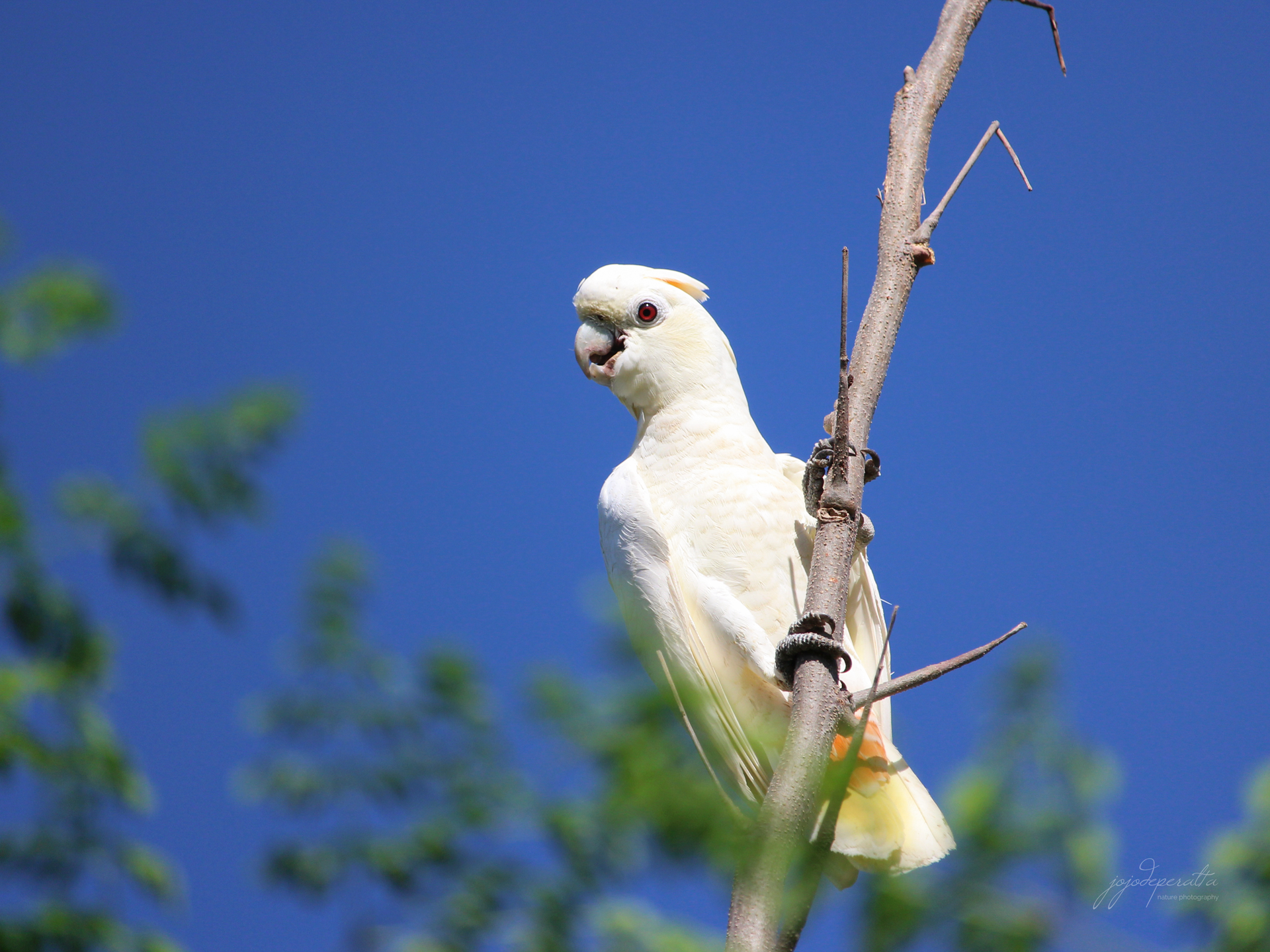Nepenthes deaniana

Nepenthes deaniana is another interesting pitcher plant endemic to Palawan. It was first discovered growing in a mossy forest around 1200 meters above sea level on the eastern side of Thumb Peak, an ultramafic mountain peak in Puerto Princesa. Our recent explorations around the region showed that it's also growing at Mount Beaufort, Mount Stavely, and other lesser peaks of Stavely Range and Pulgar Range.
 |
| Nepenthes deaniana flower |
.jpg) |
| Nepenthes deaniana |
This Nepenthes deaniana was found and photographed six years ago (August 2016) when trail breaking on the ridge of Stavely Range. It was the first time that we saw this species outside the Thumb Peak area. We saw Nepenthes philippinensis on the way up and were surprised to find big pitchers in the mossy forest. At first, we thought it was Nepenthes mira because it looks similar to the pitchers that we have seen in Cleopatra's Needle, but it turned out to be Nepenthes deaniana.
 |
| Nepenthes deaniana habitat |
This photo of Nepenthes deaniana habitat was taken five years ago (March 2017) in Pulgar Range when we first summited Thump Peak from the west side. The mossy forest of Pulgar Range is good, and Nepenthes deaniana thrives well in this area. We found a lot growing on the mossy forest from Thumb Peak to the westernmost peak of Pulgar Range.
.jpg) |
| Nepenthes deaniana |
The summit of Mount Beaufort is a little less than 1100 masl, and the mossy forest seems less humid than in Pulgar and Stavely Range. It is not a good site for Nepenthes deaniana, we only found a few plants after several hours of looking in the mossy forest. I took this photo near the summit of Mount Beaufort during our hiking trip in May 2017.
We found this pitcher plant well inside the Nepenthes deaniana's habitat. All the pitchers are green, even the old ones, and the leaves are about the same length but narrow. Possibly the same species, it just looks different because of its location. This one was found growing in a part of the mossy forest where there are a lot of tall mossy trees and less sunlight. I was told that N. deaniana does not climb, but as you can see in the photo, this one is climbing.
 |
| Nepenthes deaniana |
Nepenthes deaniana growing in the mossy forest of Mount Stavely. This photo was taken during our exploration last December 2020. The peak of Mount Stavely is almost as high as Thumb Peak, but the ridge and the peak are too rocky and narrow. We started seeing pitchers around 1050 masl, but they were not healthy because they were growing between the rocks and too exposed to the sun. There's only one good spot for Nepenthes deaniana in Mount Stavely that we know so far, the mossy forest on the left side of the ridge close to the peak. You have to go down three meters from the side of the ridge before you could get to them. A large part of this region remains unexplored, and there may be more sites around this location where this species thrives.
.jpg)









